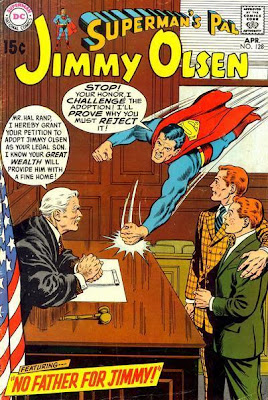Have you ever thought that traveling in a vehicle going above 65 miles per hour could cause cancer? One Pennsylvania resident, Ted McCracken (“McCracken”), thought so and asked the Eastern District of Pennsylvania to award him damages as a result of such alleged injury. Pro se Plaintiff McCracken filed an action against Ford Motor Company asserting that he contracted thyroid cancer as a result of the insufficient protection Ford windshields provided from ambient radiation in the air that increases to dangerous levels inside a cabin when a vehicle travels at speeds in excess of 65 miles an hour. McCracken v. Ford Motor Co., No. 09-3995, 2010 WL 3010304 (3d Cir. Aug. 3, 2010) [PDF]. McCracken asserted eight causes of action, including strict products liability and defective design.
Ford filed a motion to dismiss on a number of grounds and the District Court of Pennsylvania dismissed all McCracken’s claims, except for strict products liability and defective design, and entered a scheduling order. Pursuant to this scheduling order, McCracken’s expert report was due on April 6, 2009. After this deadline had passed, McCracken filed a motion for an extension of time to retain an expert and a motion for the appointment of an expert under Fed. R. Evid. 706. The District Court denied his motions and Ford moved for summary judgment based upon McCracken’s lack of expert testimony. The District Court granted summary judgment in favor of Ford and McCracken appealed.
On appeal, McCracken asserted that he submitted sufficient evidence to survive summary judgment even without the testimony of an expert. This evidence included data regarding environmental radiation, a list of books and articles on radiation, the deposition testimony of a representative of the Pennsylvania Department of Environmental Protection, and affidavits from him and his mother stating that they observed increased readings on a Geiger meter when the vehicle accelerated. The Third Circuit found that this “evidence” was not enough to withstand summary judgment on the cause of McCracken’s cancer or the defective design of Ford’s windshields.
McCracken’s second argument on appeal is that the District Court erred in not appointing him an expert. The Third Circuit agreed with the District Court that “the purpose of Rule 706 is not to provide ‘litigation assistance’ to a party unable to retain an expert on its own.” The Third Circuit found no error by the District Court. McCracken asserted four more arguments on appeal, all not worth discussing here, which were all rejected by the Third Circuit.
This case is another example of a Plaintiff asking our Courts to buy into his or her theory of injury based on “because I said so.” The Third Circuit correctly found that Ford was entitled to summary judgement where plaintiff either could not find an expert to support his theory or he disregarded the court’s instructions by failing to find such an expert within their deadlines.
As a side note, this is McCracken’s thirteenth lawsuit asserting this general ambient radiation theory. He has sued numerous defendants including other automobile manufacturers, manufacturers of other types of vehicles that can travel in excess of 65 miles per hour, nuclear power plants, and energy companies. See McCracken v. R.E. Ginna Nuclear Power Plan, LLC, No. 08-cv-6217L, 2010 WL 1404115, at *4 (W.D.N.Y. Mar. 31, 2010).
 People of WalMart beware: 190 tons of the mega-store’s deli meat have reportedly been recalled due to potential Listeria contamination. The affected product comes from Buffalo, New York-based Zemco Industries. According to the USDA press release, the problem was discovered as the result of a retail sample collected by the State of Georgia that confirmed the meat was positive for Listeria monocytogenes.
People of WalMart beware: 190 tons of the mega-store’s deli meat have reportedly been recalled due to potential Listeria contamination. The affected product comes from Buffalo, New York-based Zemco Industries. According to the USDA press release, the problem was discovered as the result of a retail sample collected by the State of Georgia that confirmed the meat was positive for Listeria monocytogenes.

















